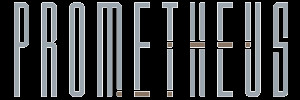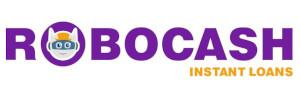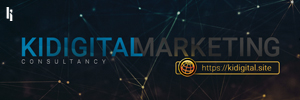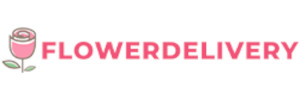One-Man Entrepreneurship or One-Man Business: Entrepreneurship is to do what you really want to do ! Practice being your own boss !

In recent years, the "one-person company" trend has swept the world. self-media or we-media and personal brand are already very common keywords. Because of the advancement of technology and the rapid transmission of information, everyone can be We-media. In such a trend, how many people have taken the first step and bravely started their own businesses?
This article is to teach you how to start a business, how to sell and even raise funds. Starting a business may seem terrible and I don’t know what will happen, but in fact, if you are fully prepared, it will also increase the success rate of starting a business !
1. Everyone can do business as a small matter "Market perspective" and "Personal perspective"
MARKET PERSPECTIVE
NEEDS
TREND
The market perspective is a sales concept that is completely market-oriented. In short, what is popular now is followed by what is sold. The sales method based on the market perspective is very easy to fail. There is always someone who can sell at a lower price and ship faster than you. This sales method is also very easy to consume patience and enthusiasm.
PERSONAL PERSPECTIVE
PASSION
EXPERT
Personal perspective is more like "managing what you want to do." For example, a lecturer who runs the education industry opens an online academy with a passion for teaching. The business model based on the personal perspective is easier to maintain for a long time, and the success rate of entrepreneurship is relatively high.
3 points to consider when starting a business
WHO TO SELL
WHAT TO SELL
WHAT TO DO
To start a business, you must consider the three most important things, that is, "What do I want to sell?" "Who do I want to sell to?" What to do" After deciding what you really want to do, what kind of products you want to sell is not a problem. "Who to sell to?" is a more advanced question, because you have to figure out what kind of person your customer is, age, occupation or life style, etc., to help outline your customer profile before you can tailor it. Products/services specifically provided to such customers.
USP, the selling point of the product itself
The last thing to consider is the USP (unique selling point/proposition) of the product itself, which is the selling point of the product itself and the reason why people pay for it. The way to maintain a high-quality USP is to create a product for your product. Story, create a flesh and blood IP (intellectual property), in order to accumulate the emotional belonging of customers.
2. Set up your own sales process structure
An individual enterprise is usually an entrepreneurial venture for one person. When the manpower, material resources and even capital may not be so abundant, we must first clarify our own sales methods and construct our own sales process.
Number of customers: potential customers, the number of people who can connect with the product, sales turnover rate: among potential customers, what percentage of customers will pay for purchases The "sell to whom" in the core concept will seriously affect the number of customers.
Who do you want to provide the product to? (The so-called target audience). The audience can be large or small. It does not mean that the more customers, the better, but also the transaction rate and other indicators. The high number of customers means that the nature of the product is more popular, but the more popular products will also face more competitors.
The "what to sell" in the core concept will seriously affect the unit price of the product. The unit price of the product will be affected by the production cost of the product, the complexity of the process, and so on.
The "USP" in the core concept will seriously affect the sales turnover rate The customer’s decision whether to buy or not will be the key to affecting this product.
Front-end products, back-end products and mid-range products It can be combined with the concept of a marketing funnel. "Front-end products" are mainly to attract more potential customers, usually offering free or low-priced trial products. "Back-end products" are mainly profitable products, somewhere in between. , The price is relatively close to the people, we call it "mid-range goods."
"Front-end products" usually provide customers with a kind of imagination and a sense of "this is what I want" value. At this time, the front-end products should be demanded with high-quality standards to successfully attract potential customers. Create business opportunities for the "back-end products" that will create profits in the future.

















































 Philippine Peso Exchange Rate
Philippine Peso Exchange Rate







Comments powered by CComment